What is Chinese tomb art? Compare two terracotta figures from the Qin dynasty.
INTRODUCTION:
-
Tomb art
- History
- Function
- Afterlife use
- Religious sacrifice
- Legacy
- Time capsule – better insight of ancient China society
-
Tomb sculpture – Qin Shihuangdi tomb
- Brief description
- Terracotta warriors – Human victims replaced with pottery substitutes
- Mass quantities
- Life size
- Look unique
- MAIN POINT: Result of Mass production and standardizing society
- Kneeling archer & Armored general
How were they made
Mechanism of crossbow
BODY:
-
Difference
- Unique facial features and body parts
- Costume
- Hair bun
- Body gestures – suggest holding something
- Crossbow and arrows
- Position: Archer
- Interchangeable
- Bronze sword
- Position: General
- Crossbow and arrows
-
Similarity
- Making process
- Material – baked clay
- Heads and 4 limbs created separately
- Inscription
- Hierarchy production system
- Missing weapons mass produced
- Large quantities
- Precision
- Moulding
- Making process
CONCLUSION:
-
Terracotta warriors reflect Chinese art and culture rely on complex mass production system
-
Protection &Reservation
- Color
- Qin Shihuangdi’s Mausoleum
BIBLOGRAPHY
Lethar Ledderose. Ten Thousand Things: Module and Mass Production in Chinese Art (Princeton: Princeton University Press, 2000), 51-73.
Jessica Rawson, ed., The British Museum Book of Chinese Art (London: British Museum Press, 1999), 134-149.
“House Model,” Asian Art Museum, accessed March 11, 2016, http: //www.education.asianart.org/explore-resources/artwork/house-model
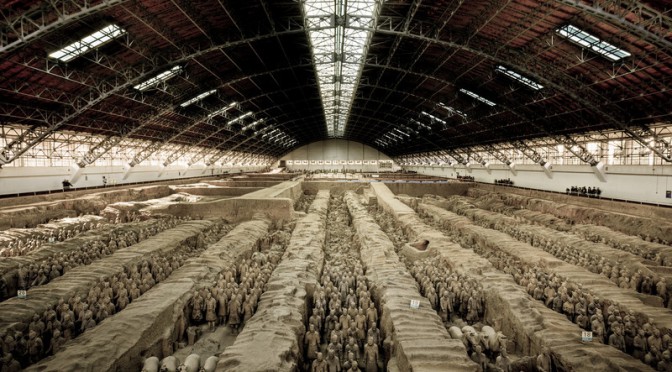
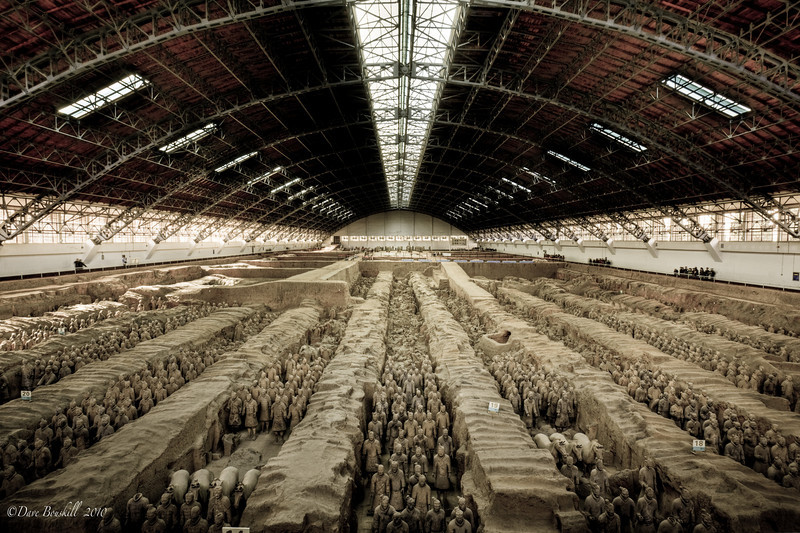
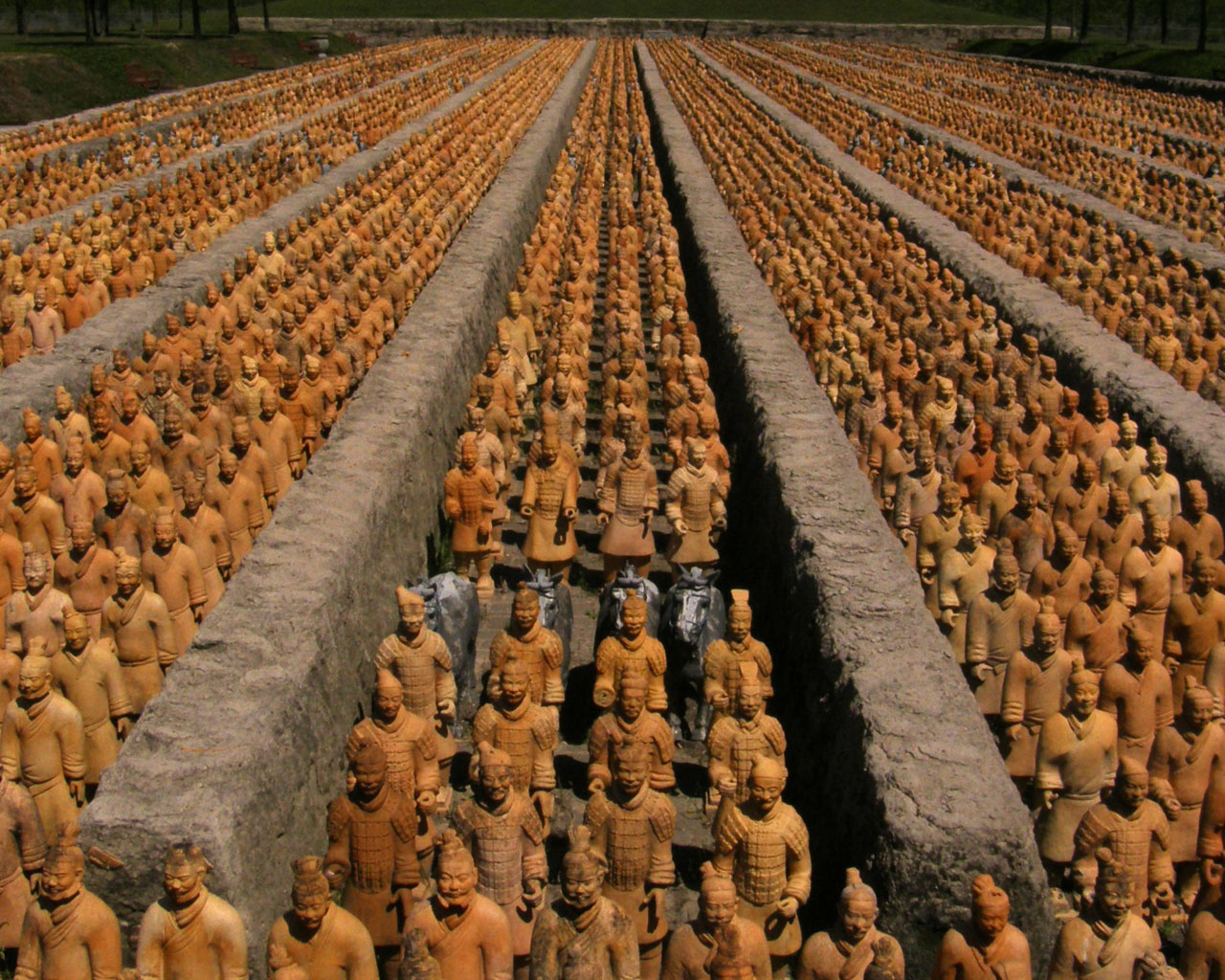
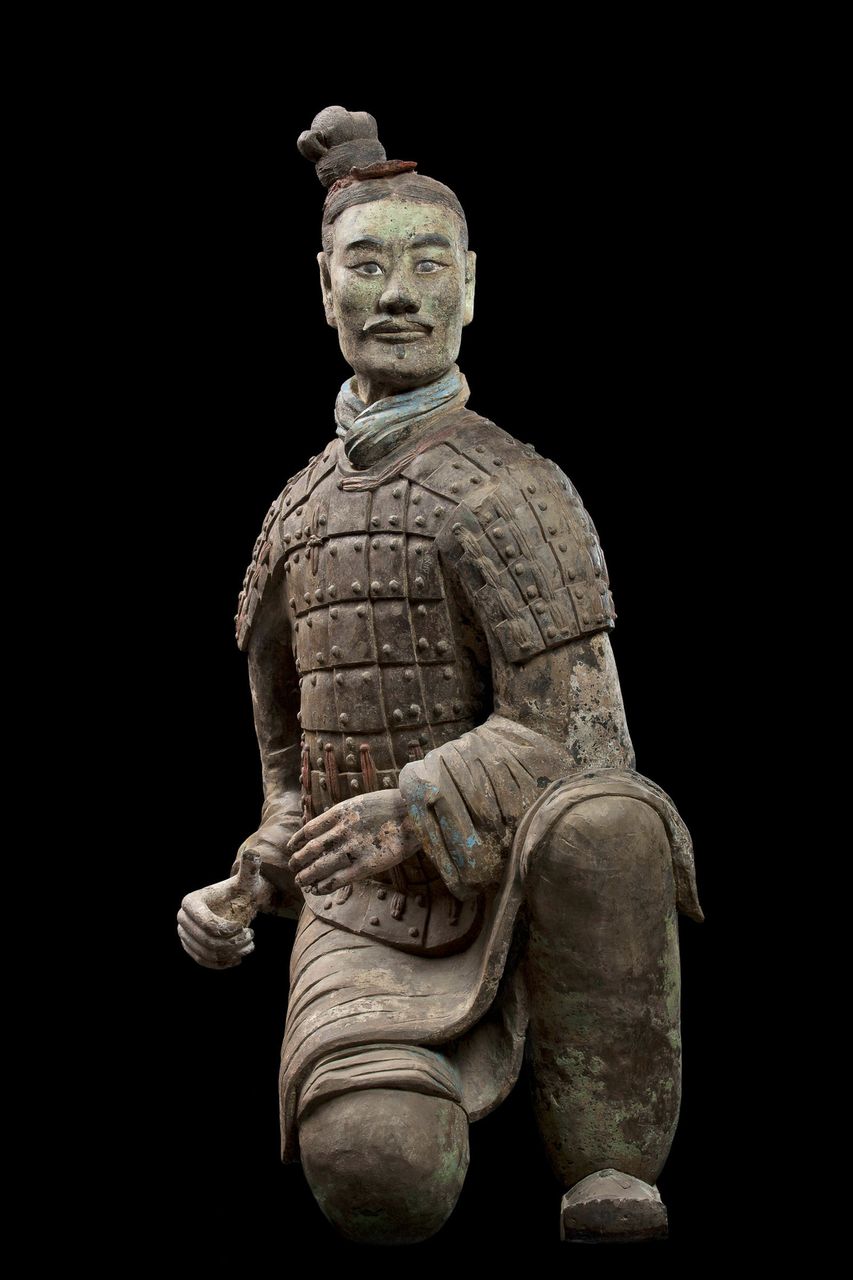
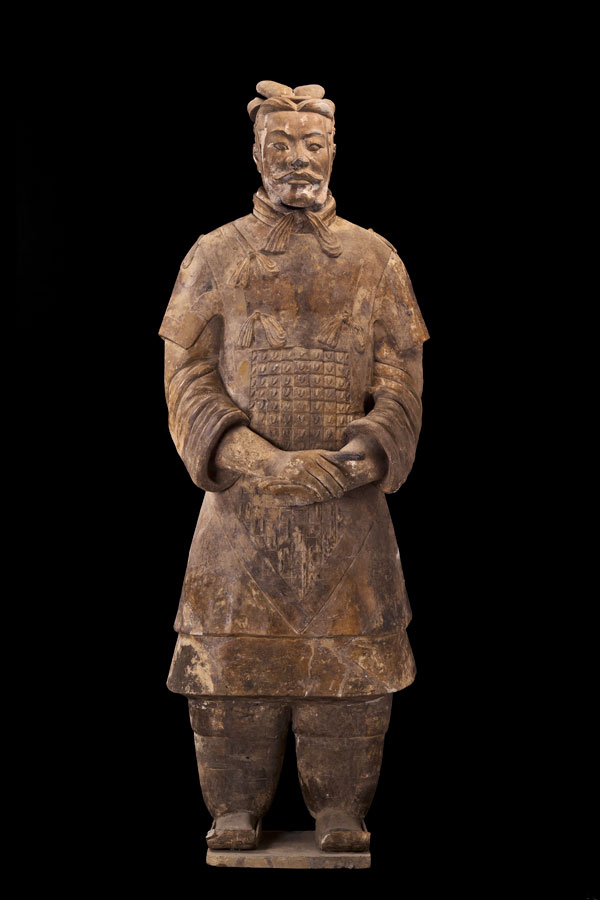
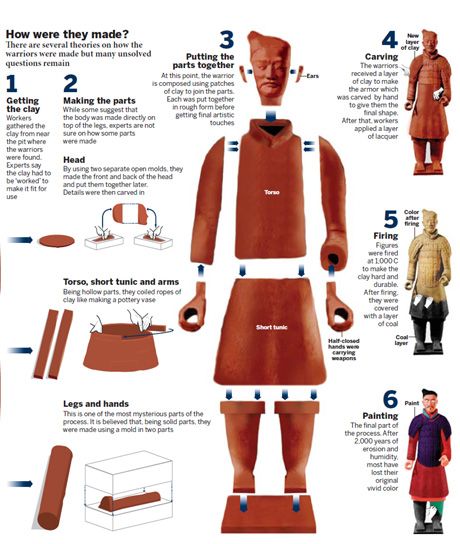
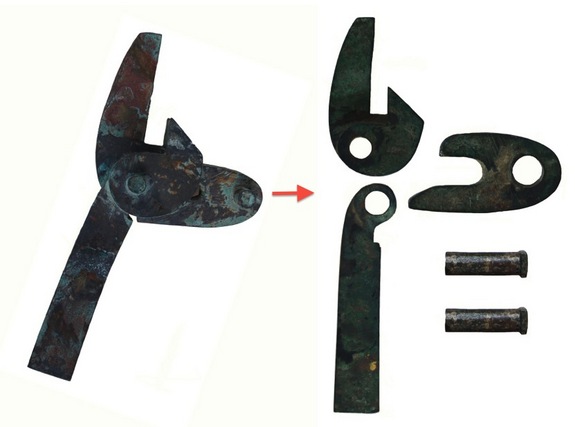
Recent Comments